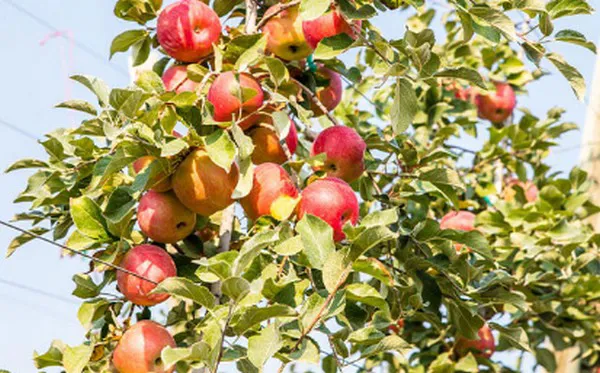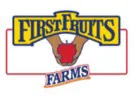Export markets may feel the greater part of Washington’s shorter apple crop this season. As Chuck Zeutenhorst of FirstFruits Farms notes, the state’s apple crop estimate came in less than anticipated. “We estimated 105-108 million boxes and the state estimate came in at about 100 million,” he says. He does note many growers and shippers do have an eye on December 1st when the apple storage number will be finalized to give a more accurate picture of apple production in Washington this season.
FirstFruits Farms has finished harvest on what turned out to be a late-maturing crop. “Then we’ve had some weather in the last few days that has ended our apple harvesting opportunity. There will be some fruit that won’t be harvested because of weather which will also have an impact on total volume,” he says.
Meanwhile, as far as distribution, most Washington State fresh apple crops see 80-90 million bushel boxes shipped domestically “Though you also want to maintain a certain level of export and that is who will be affected most--exports. Over the last three to four years, we’ve seen significant changes on where we export fruit and all markets will see some supply issues,” Zeutenhorst says.

Less production on four key varieties
While the crop has a good sizing mix, the varieties that have lost the most ground from the original estimate are Red Delicious, Grannys and Fujis. “And the one that will have the most impact is Honeycrisp. The Honeycrisp number was significantly below what we estimated so not only do we have a short crop, but now we have an even shorter crop on a variety that drives an awful lot of our retail,” says Zeutenhorst, who adds that this is the smallest Washington apple crop since 2007.
Yet, demand is steady for fruit. “We’ll find out in the next few weeks what the final number is and then we can make a final assessment of how we’re going to pack our crops. There’s a lot of planning going on right now so that there can be apples available from now until the end of the season,” says Zeutenhorst.
Not surprisingly, slightly higher FOB pricing is anticipated. “We’re a long way from understanding what our market is going to be, certainly with inflationary levels we see at retail. There are a lot of unknowns. And when there’s a smaller crop like this, there are huge expectations within the grower base on the FOB side and we really haven’t figured all of that out yet,” he says. “It’s just too early to tell.”
 For more information:
For more information:
Chuck Zeutenhorst
FirstFruits Marketing
Tel: (509) 853-4721
chuckz@ffm-wa.com
www.ffm-wa.com
